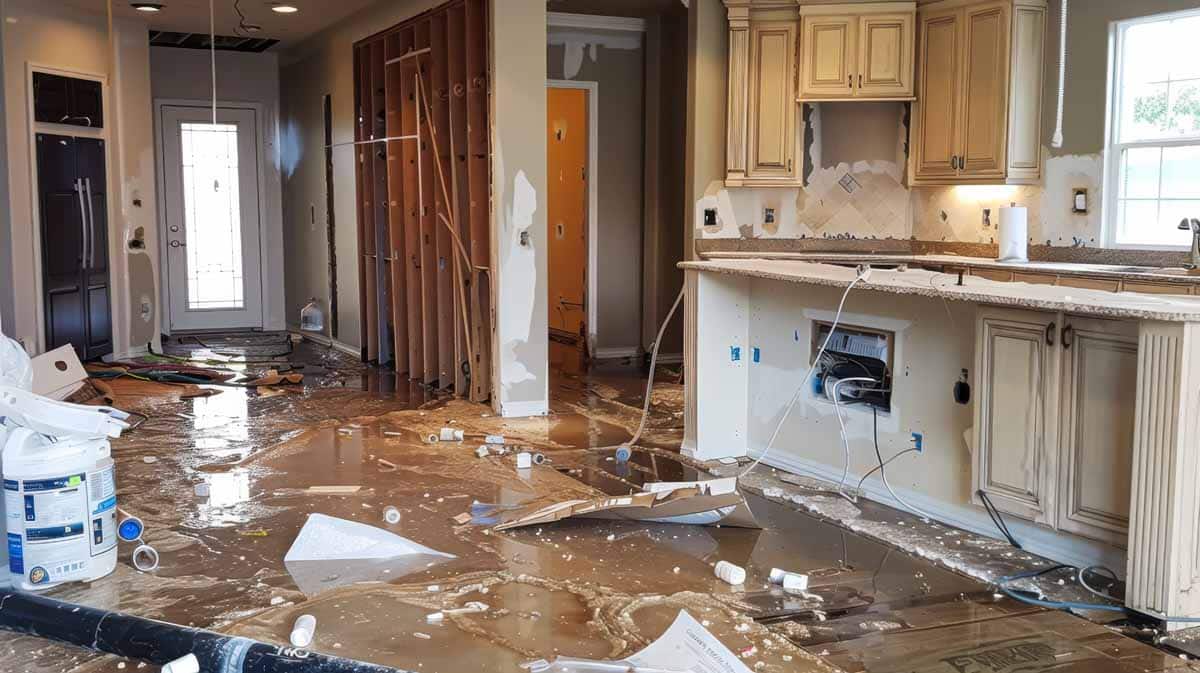If you own a home in North Carolina—especially in a coastal or low-lying region—you’ve probably heard about Flood Insurance Rate Maps (FIRMs) and the importance of carrying flood insurance. You might have questions like: “How do I even read a FIRM?” or “I’m not right on the coast—do I still need flood insurance?” In this guide, we’ll walk you through the essentials of understanding FEMA maps, explain why flood insurance matters even in seemingly low-risk areas, and offer practical tips to keep your home protected.
1. Why FEMA Maps Exist
Before we dive into how to actually read these maps, let’s talk about why they exist in the first place. The Federal Emergency Management Agency (FEMA) creates FIRMs to show the flood risk in different areas across the United States. These maps help communities:
- Identify High-Risk Areas: Zones that are more likely to experience flooding (often referred to as “Special Flood Hazard Areas”) are highlighted so residents and builders can plan accordingly.
- Set Building and Development Standards: Local governments can use FIRMs to guide building regulations, ensuring that new or renovated structures meet certain safety requirements.
- Determine Insurance Requirements: Insurance companies, mortgage lenders, and property owners look at FIRMs to decide if flood insurance is mandatory or recommended.
Here in North Carolina, where hurricanes and tropical storms can bring heavy rainfall and storm surge, staying informed about your flood zone is extra important. A single major storm—like 2018’s Hurricane Florence—can cause billions of dollars in damage. Protecting your home starts with understanding these risk zones.
2. How to Access FEMA Maps in NC
Getting your hands on a FIRM is easier than you might think. FEMA hosts an online resource known as the FEMA Flood Map Service Center (msc.fema.gov) where you can look up maps for your specific address. You can also check local government websites or reach out to your county’s planning department—they often have digital or printed maps available.
Pro Tip
Try searching for your property by address on the FEMA Flood Map Service Center site. If you can’t find your exact house, zoom out a bit or try searching by your general area or zip code. It’s not uncommon for older addresses to be listed under a slightly different spelling or location.
3. Reading a Flood Insurance Rate Map (FIRM)
When you first open a FIRM, the flood zones and data can look a bit overwhelming. Here are the key elements to focus on:
- Zone Labels
- Zone A or AE: High-risk flood areas, also known as Special Flood Hazard Areas (SFHAs). If your home is in one of these zones and you have a federally backed mortgage, you’re typically required to carry flood insurance.
- Zone X (Shaded or Unshaded): Moderate- or low-risk areas. Shaded Zone X indicates areas between the 100-year and 500-year floodplains (meaning there’s a 0.2% chance of flooding each year). Unshaded Zone X areas are lower risk, but still not entirely flood-proof.
- Zone V: Coastal areas with the added hazard of storm waves. These are also high-risk zones, but with a higher likelihood of wave action.
- Base Flood Elevation (BFE)
The BFE is the expected level of floodwaters during a 100-year flood. If your property’s lowest floor is below this elevation, it’s considered at higher risk. Many local regulations require new or substantially improved homes to be elevated at or above the BFE. - Map Index and Legend
Just like any map, FIRMs come with a legend explaining different symbols, colors, and line patterns. Make sure to reference it as you interpret the data.
Quick Stats
- Over 90% of all natural disasters in the United States involve flooding, according to FEMA.
- More than 20% of flood insurance claims come from properties outside of high-risk flood zones.
These numbers highlight the importance of paying close attention to your FIRM details—even if you’re not in a Zone A or AE.
4. Why Flood Insurance Is Essential (Even If You’re Not in a High-Risk Zone)
You might be thinking, “I’m not in the highest-risk zone—why would I need flood insurance?” Here are a few reasons:
- Floods Can Happen Anywhere
North Carolina is known for its beaches, marshes, and rivers, but even inland areas face flood risks from heavy rainfall, clogged storm drains, or unexpected hurricanes that move across the state. Just because you’re not directly on the coast doesn’t mean you’re immune. - It’s Often More Affordable Outside of SFHAs
If you’re not in a Special Flood Hazard Area, flood insurance can be surprisingly affordable. Some policies cost just a few hundred dollars a year, a small price to pay for peace of mind. - Limited Coverage from Standard Homeowners’ Policies
Your regular homeowners’ policy typically doesn’t cover flood damage. You’d have to pay out of pocket for any repairs if floodwaters invade your home. Flood insurance steps in to cover this gap. - Protecting Your Investment
Even a few inches of water in your home can lead to thousands of dollars in damage to flooring, walls, and electrical systems. Flood insurance helps shield your finances from these unexpected costs.
5. Flood Zones in North Carolina
North Carolina’s diverse geography includes:
- Coastal Plains: Prone to hurricanes, storm surge, and sea-level rise.
- Piedmont: Rolling hills and valleys that can experience flash flooding.
- Mountains: Steep terrain can cause rapid runoff, leading to sudden flood events.
When you look at a FIRM for your NC property, be mindful of these local geographical factors. For instance, a home near the ocean might have a higher risk of storm surge (Zone V), while a property along a small creek in the Piedmont could still be in Zone A due to overflow risk during heavy rains.
6. Insurance Requirements You Should Know
- Mandatory Insurance for Federally Backed Mortgages
If you’re in a high-risk flood zone (Zone A, AE, or V) and you have a federally regulated mortgage (like an FHA or VA loan), flood insurance is typically not optional—it’s required. This is meant to protect both homeowners and lenders from the financial fallout of floods. - Waiting Period
Flood insurance policies through the National Flood Insurance Program (NFIP) usually have a 30-day waiting period before coverage kicks in. This prevents people from rushing to buy a policy right before a storm. - Coverage Limits
NFIP policies have specific coverage limits—up to $250,000 for the structure and $100,000 for personal belongings. If your property’s value exceeds that, you might want to look into excess flood insurance through private insurers. - Private Insurance Options
Beyond the NFIP, several private insurers now offer flood policies that can cover additional costs or cater to properties with higher replacement values. It’s worth shopping around for the best deal and coverage.
7. What DeVooght House Lifters Recommends
As a company that specializes in lifting homes out of flood zones, DeVooght House Lifters has seen the devastating impacts of flooding—and also the relief homeowners feel when they’re properly insured and prepared. Here are some practical tips from our team:
- Elevate, Elevate, Elevate: If your home is below the Base Flood Elevation (BFE), consider a house lift. It might seem like a big project, but raising your home can drastically reduce flood risk and lower your insurance premiums in the long run.
- Review Your Policy Annually: Flood maps and local building codes can change over time. Make a habit of reviewing your insurance policy each year to make sure you’re still adequately covered.
- Document Everything: Keep a list (and photos) of your possessions, especially big-ticket items like furniture or electronics. In the event of a flood, this record will make it easier to file claims and prove the value of what was damaged.
- Stay Informed Locally: Join local community groups or subscribe to local government newsletters for updates on new flood mapping or code changes in NC. A small update to your local FIRM can significantly impact your insurance requirements and premiums.
8. Understanding Flood Risk Is Your Best Defense
Remember, even if you’re in a moderate-risk zone—or have never experienced flooding before—Mother Nature can be unpredictable. According to FEMA, one inch of water can cause over $25,000 in damage to a typical home. Having the right insurance policy and a clear grasp of your property’s flood zone status can make all the difference between a manageable repair bill and a financial nightmare.
9. Next Steps for Homeowners in North Carolina
- Locate Your FIRM: Head to FEMA’s Map Service Center or contact your local planning department to get the most recent flood map for your area.
- Identify Your Zone: Check your property’s flood zone designation—Zone A, AE, V, or X (among others). Make sure you understand your level of risk.
- Evaluate Your Insurance Needs: Talk to an insurance agent or your mortgage lender to figure out whether you’re required to have flood insurance, and consider your options.
- Consider Professional Guidance: If you have concerns about your home’s elevation or foundation, consult a house-lifting specialist like DeVooght House Lifters. We can help you navigate local regulations, discuss elevation options, and make sure your home meets or exceeds flood compliance requirements.
- Stay Proactive: Keep an eye on local weather forecasts during hurricane season, maintain drainage systems around your property, and regularly check for updates to local flood maps.
Conclusion
Understanding FEMA’s Flood Insurance Rate Maps (FIRMs) is a critical step in safeguarding your North Carolina home from flood damage. These maps don’t just highlight who’s at the highest risk—they also serve as a guideline for insurance requirements and necessary building standards. Even if you’re in a seemingly low-risk area, flood insurance can be a financial lifesaver, offering valuable coverage that your standard homeowners’ policy won’t provide.
Staying informed, reviewing your zone designation, and exploring options like house lifting can substantially reduce the risk of costly flood damage. The team at DeVooght House Lifters has helped countless homeowners in NC protect their properties from rising waters, and we’re here to support you if you need professional guidance. When it comes to floods, an ounce of prevention really is worth more than a pound of cure—and understanding your flood zone and insurance requirements is the best place to start.
If you have any questions or concerns, don’t hesitate to reach out. We’re here to help you navigate the complexities of flood insurance, FEMA maps, and everything in between. Stay safe, stay prepared, and rest easy knowing you’ve taken the steps to protect what matters most—your home and family.

